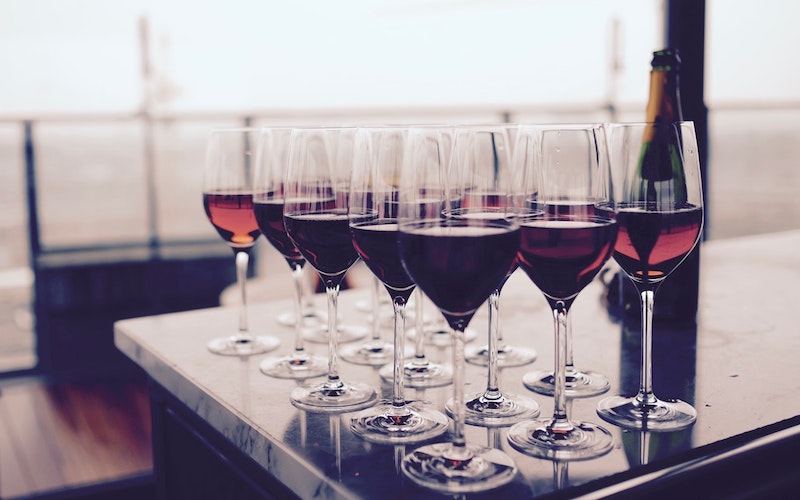Wine Tasting Rules
Episode #6 of the course The ultimate beginner’s guide to wine by Paul Kalemkiarian
Welcome back!
Now that we have explored the elements of choosing a wine, let’s learn the rules of tasting:
Rule 1: There are no rules.
Rule 2: There are still no rules.
Your Palate Knows What You Like
All you need for a wine tasting is a bottle, a bucket to spit into, and a couple of glasses. Yes, a couple. It isn’t half as much fun doing it by yourself. Tasting wine need be no more complicated than “thinking while you’re drinking.” And the best part of it is getting together with your friends and trying to get the most pleasure out of the different tastes.
Think while you drink and remember that since you’re the one who’s drinking that particular mouthful, whatever you honestly think of it will be correct. However foolish or clever it seems, the next step is to say out loud, in simple, everyday words, what the wine tastes like to you. And listen to what the others say; remember, if you can’t be wrong, neither can they. They may have noted something you didn’t and vice versa. So have another taste and try seeing their point of view.
It’s also important to write down the flavor triggers right away. You may find apples, while the next person gets gooseberries. Write them both down and see which suits you better; for example, Sauvignon wines can often smell of both. If you write down your impressions, you’re more likely to remember them. If you remember them, you’re more likely to:
1. Know what you like
2. Get to know why you like it
3. Recognize it when it’s good
4. Reject it when it’s bad
Making the Most of Tasting
There may not be any rules; but there are a few useful tips:
• The room: Don’t start cooking just before you taste the wines in the kitchen. Bottom line, nothing fragrant in the room you’ll be tasting in.
• White paper: Both to write on and to hold the wine against so you can see the color clearly.
• Temperature: Whites—cool but not frozen. Otherwise, the flavor will vanish. Reds—sort of “not quite cool” but never artificially warmed up.
• Water pitcher: This is meant for you and your party to rinse the glasses after each tasting. There shouldn’t be any lingering flavors from the previous wines.
• Bucket: Meant to pour any remaining wines from your glasses and the water used to rinse the glasses.
• Glasses: Wine experts have established the ideal tasting glass, but most wine glasses will do, provided that they are more or less tulip-shaped. Glasses that are wider at the rim than “in the bowl” let the bouquet escape and allow wine to splash over your clothes when you swirl it around. Bigger, one-third-filled glasses are much better than smaller, over-filled ones. Before you pour in the wine, check that the glasses don’t smell of soap or the glasses cupboard. There are quite enough musty, soapy-smelling wines as it is.
There you have some useful tips for tasting. Tomorrow we’ll explore the five S’s—some interesting things to contemplate while you’re tasting.
Recommended book
Wine Tasting Journal (Diary, Notebook) by Doug Paulding
Share with friends

